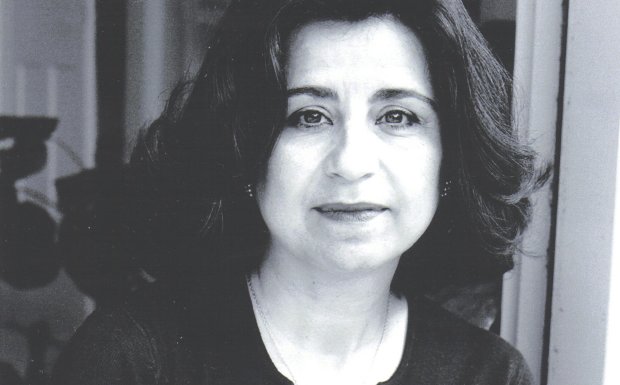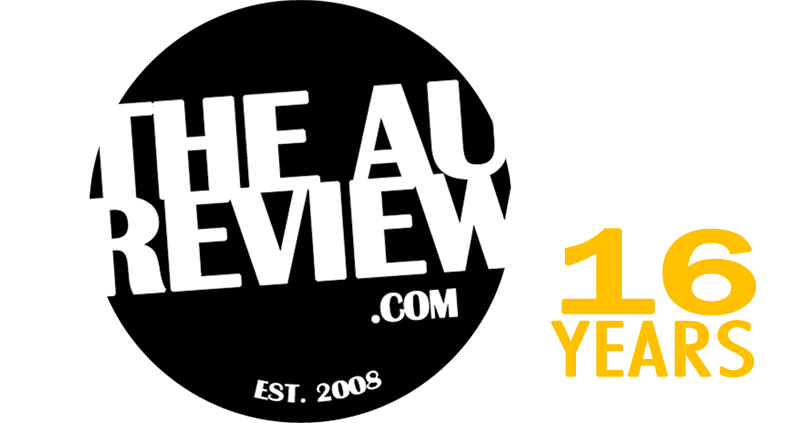
As many of you are undoubtedly aware, in 2011 there was an uprising of the Egyptian people against President Hosni Mubarak, the leader at the time. An uprising that successfully saw Mubarak removed from power, and became the catalyst for other uprisings in what became dubbed the “Arab Spring”. Since then media coverage has dropped the story somewhat; and you, like I, may not be aware that life in Egypt still hasn’t settled down. That the “revolution” still continues.
Thursday evening saw Egyptian novelist and academic Ahdaf Soueif give the opening address to this year’s Perth Writers Festival, part of the Perth International Arts Festival. A native of Cairo, having been born and brought up there, Soueif was resident in the city when the Revolution of 2011 began on the 25th January. Entitled “On Art and Politics” Soueif’s talk addressed the role of Art in the revolution as well as providing a greater and more personal insight in to the events that unfolded, and continue to unfold.
It was an engaging and at times confronting address; one which highlighting both the brutality and violence of the police and army, but also shone a light on the ability of the country’s artists and revolutionaries to engage and create impressive works of art. Works of art that were satirical, ephemeral and engaging directly and swiftly with the events as they unfolded.
The art that Soueif displayed and focused on throughout her talk were largely works of graffiti; its spontaneity and methodology helping to create a community and show a common experience. Soueif spoke of the creation of tropes and “in-jokes”; images which would have meaning to the revolutions and bolster that idea that they were a community, a community of martyrs. One example of this was the image of a lion statue wearing an eye patch. This was born straight out of the news that activist Ahmed Harara had lost his eye to security forces.
The art shown also featured images of those that had died in the revolution, popular activists, whose likenesses have been turned into stencils and other art; cementing their position as “martyrs”. It brings to mind the notion of “witnessing” that these images are here as a remembrance and as a document. They also seemed to show a rediscovery of traditional imagery and iconography, a return to the pharonic and byzantine.
It was an engaging and thought provoking opening address, one that left me with the realisation that events in Egypt were far more complicated than I first imagined. But also this was a revolution that was still on going, but one which the media has to some extent, perhaps not purposefully, lost interest with. It was also clear to all in attendance the passion that Soueif has for her country and the revolution.
Ahdaf Soueif’s current book Cairo: My City, Our Revolution is available now through Bloomsbury.
———-
